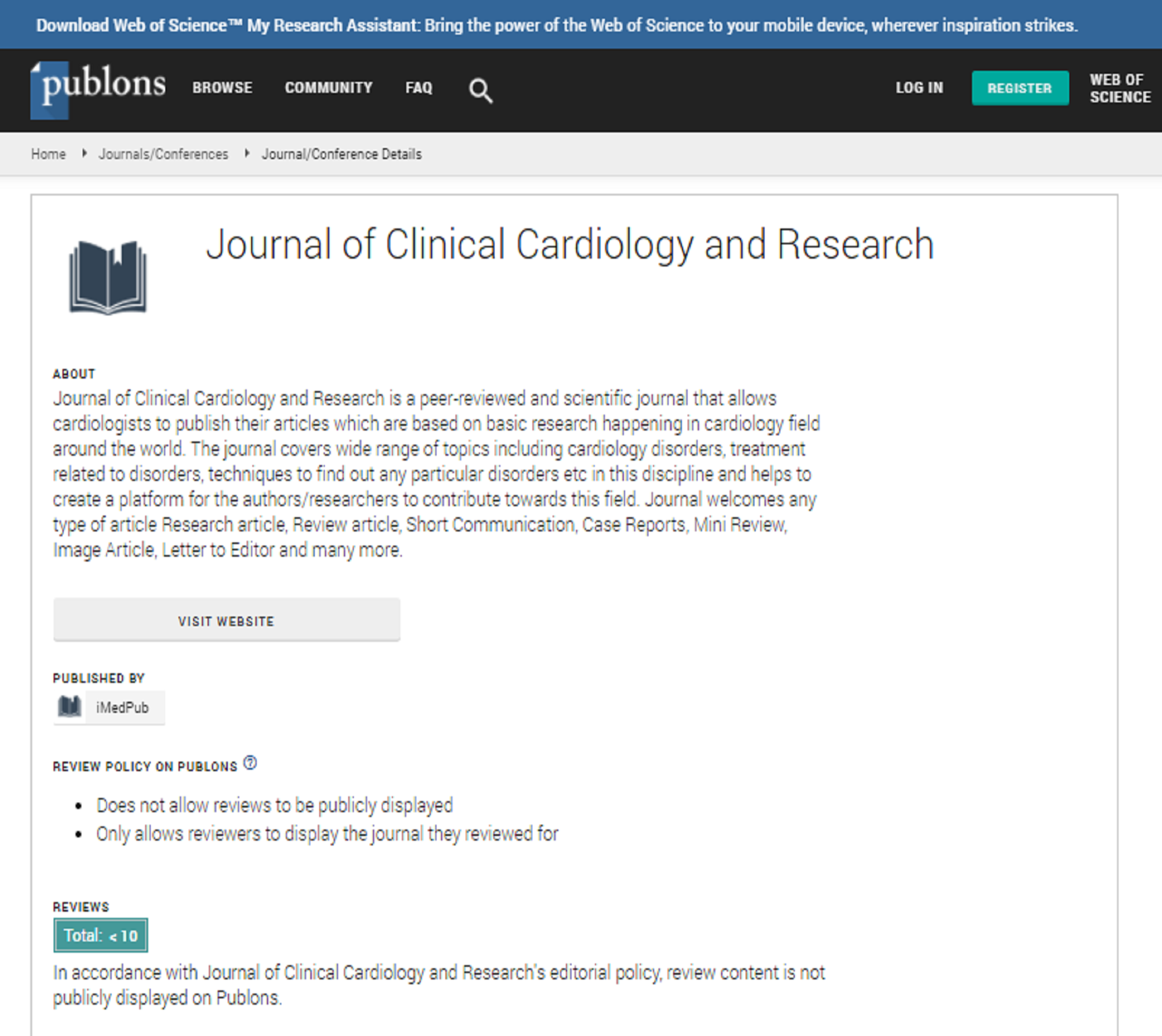Abstract
Mitral Valve Repair in a Patient with Hereditary Haemorrhagic Telangiectasia
Introduction: Hereditary hemorrhagic telangiectasia (HHT), additionally recognized as Osler–Weber–Rendu syndrome and Osler disorder, is an autosomal dominant genetic ailment that leads to peculiar blood vessel formation in the skin, mucous membranes, and influences quintessential organs such as the lungs, liver, and brain. The sickness contains the names of Sir William Osler, Henri Jules Louis Marie Rendu, and Frederick Parkes Weber, who described this circumstance in the late nineteenth and early twentieth centuries. This can also lead to epistaxis, hemoptysis, intracranial bleeding and gastrointestinal tract bleeding. Treatment focuses on controlling bleeding and different centered interventions such as surgery, laser remedy and endovascular interventions to eliminate arteriovenous malformations in organs. In cardiac surgery, the range of said instances with Osler’s disorder stays small. We said this elaborate case of HHT with mitral valve regurgitation that was once efficaciously handled through mitral valve repair. A 65-year-old gentleman with Hereditary Hemorrhagic Telangiectasia (HHT) used to be referred for pressing mitral valve surgical procedure due to the fact of septicemia and congestive cardiac failure. After treating with antibiotics for three weeks, he underwent mitral valve restore by means of resection of prolapsed leaflet and neochordae implantation. Because of the presence of pharyngeal telangiectasia, intraoperative imaging of the repaired valve was once completed the usage of epicardial echocardiography. This is the first suggested experience, to the pleasant of our knowledge, of a mitral valve restore in a affected person with Hereditary Hemorrhagic Telangiectasia (HHT). Case Report A 65-year-old man was diagnosed with severe mitral regurgitation when he attended his General Practitioner with exercise related dyspnoea. Echocardiography confirmed the presence of leaflet prolapse. When aged 63, he was diagnosed with HHT after experiencing several episodes of epistaxis. Other current medical history included polymyositis rheumatica and asthma. His medication included tranexamic acid 100 mg three times a day, prednisolone 15 mg once daily, thalidomide 50mg once daily, salbutamol inhaler four times a day and Calcium and Iron supplement. An preliminary transoesophageal echo used to be deserted due to the fact of immoderate bleeding. Subsequent transoesophageal echocardiography used to be efficiently carried out. He used to be widespread for non-obligatory mitral valve surgery. Whilst ready to come into clinic for surgery, he suffered a couple of episodes of epistaxis. These have been handled with packing and the lesions in the nostril handled with laser. He was once additionally commenced on thalidomide treatment. Soon after a fifth episode of bleeding and packing, he used to be admitted to clinic with septicaemia and suspected endocarditis. His white cellphone remember was once 25.5 × 109/L and C-Reactive protein 70.1 mg/L. He had effective blood way of life and Group G streptococcus used to be remoted in each cardio and anaerobic bottle. He used to be commenced on intravenous Benzylpenicllin and referred for pressing surgical assessment. In two weeks’, time, inflammatory maker got here down to everyday level. After 7 weeks on antibiotics, he underwent pressing mitral valve surgery. In order to stop a new epistaxis related with systemic heparinization required for surgery, his nasal cavities had been prophylactically packed. As he had in the past skilled massive bleeding at some stage in TOE examination, and pharyngeal telangiectasia had been genuinely visible, it used to be determined now not to bypass a TOE probe for the duration of the intraoperative period. On cardiopulmonary bypass, the coronary heart used to be arrested and the mitral valve was once uncovered via an indirect left atriotomy. There used to be no proof of latest contamination in the valve. The prolapsed phase of the posterior leaflet was once resected, new chordae connected to the anterior leaflet and an annuloplasty ring implanted. The valve used to be equipped on water testing. When the coronary heart was once re-perfused and weaned from cardiopulmonary bypass, an echocardiogram the use of an epicardial probe used to be carried out after filling the pericardial cavity with heat saline. This verified that the repaired mitral valve was once able (Figures 1 and 2). In the postoperative period, the affected person used to be beta blocked in order to preserve sinus rhythm and he was once commenced on seventy-five mg of Aspirin. He was once discharged 10 days after surgery. In 6 weeks observe up clinic, This work is partly presented at 2nd World cardiology Experts Meeting at September 21-22, 2020, Webinar Vol.3 No.1 Extended Abstract Journal of Clinical Cardiology and Research 2020 affected person recovered properly from surgical operation and transthoracic echocardiography confirmed trivial mitral regurgitation.Discussion There are many posted papers that verify the presence of HHT is now not a contraindication to open coronary heart surgery. This consists of open coronary heart valve surgical treatment requiring preoperative transoesophageal echocardiography [5]. In this case presentation we describe how the hazard related with HHT can be mitigated to enable protected coronary heart valve surgical procedure to take vicinity – particularly the prophylactic nasal packing (although the repeated preoperative packing used to be a feasible set off for endocarditis) and the use of epicardial echocardiography. We had been in a position to collect pics of adequate high-quality to investigate the valve repair. Conclusion we file a profitable mitral valve restore in a affected person with HHT and ongoing epistaxis. The use of perioperative epicardial echocardiography for these patients is wonderful and safe, and must be recommended.
Author(s): Anupama Barua
Abstract | PDF
Share This Article
Google Scholar citation report
Journal of Clinical Cardiology and Research peer review process verified at publons
Abstracted/Indexed in
- Google Scholar
- Publons
Open Access Journals
- Aquaculture & Veterinary Science
- Chemistry & Chemical Sciences
- Clinical Sciences
- Engineering
- General Science
- Genetics & Molecular Biology
- Health Care & Nursing
- Immunology & Microbiology
- Materials Science
- Mathematics & Physics
- Medical Sciences
- Neurology & Psychiatry
- Oncology & Cancer Science
- Pharmaceutical Sciences

